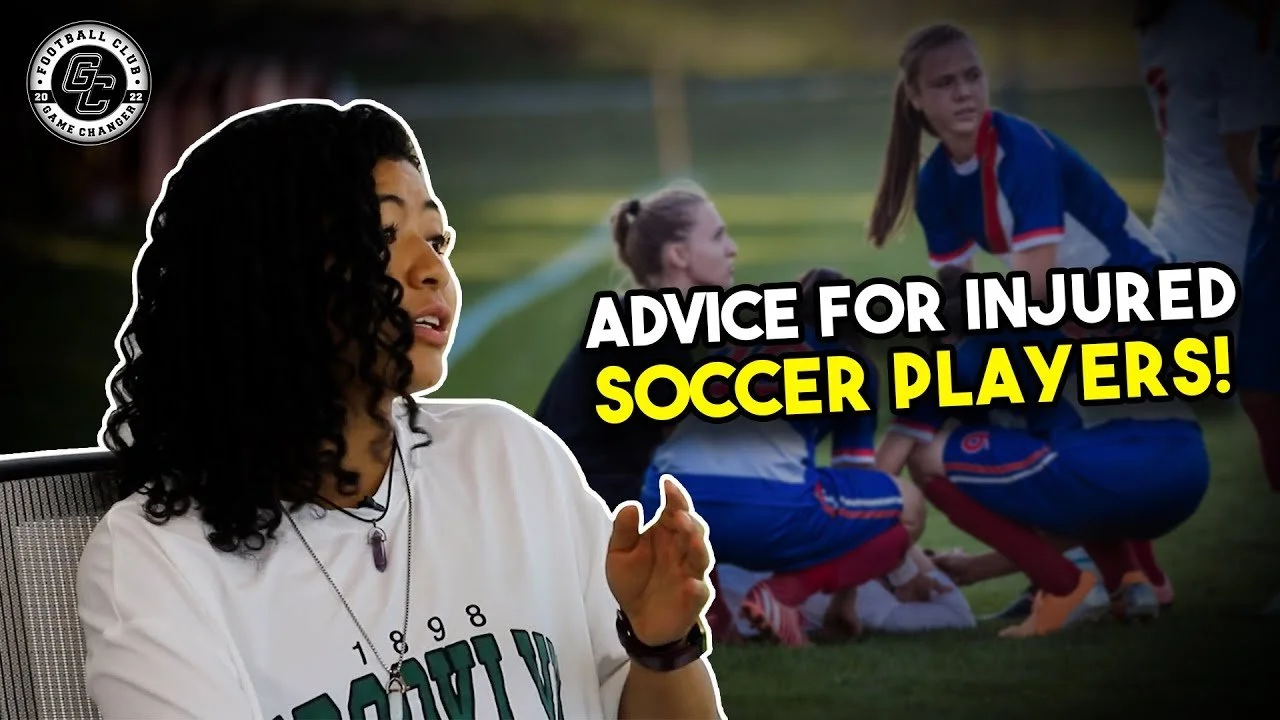A Guide to ACL Surgery and Recovery for Soccer Players
In the world of soccer, injuries are an unfortunate part of the game. One of the most dreaded injuries for soccer players is a torn ACL (Anterior Cruciate Ligament). Whether it happened during a crucial match or a routine training session, an ACL tear can be a devastating setback. However, the road to recovery is not a dead-end; it's a detour that can lead to a stronger comeback. In this guide, we'll walk you through what to expect from ACL surgery and recovery, offer tips to expedite the process, and delve into the importance of mental strength during this challenging journey.
What to Expect From ACL Surgery and Recovery
1. Consultation and Pre-surgery Preparation
Before undergoing ACL surgery, you'll consult with an orthopedic surgeon who will evaluate your condition and discuss your treatment options. The surgeon will explain the surgery, its risks, and benefits. It's essential to ask questions and have a clear understanding of the procedure.
Pre-surgery preparation includes physical therapy to restore range of motion, strength, and stability in your knee. Strengthening your leg muscles will help you cope with the post-surgery rehabilitation.
2. The Surgery Itself
ACL reconstruction surgery involves replacing the torn ligament with a graft (often from your own body or a donor). The procedure is typically performed arthroscopically, which is less invasive and leads to quicker recovery compared to open surgery. After the operation, you'll be closely monitored in the recovery room.
3. Early Post-Surgery Recovery (Days to Weeks)
After the surgery, you'll wear a knee brace and use crutches. Physical therapy begins almost immediately, focusing on reducing swelling, restoring range of motion, and gradually increasing weight-bearing. It's crucial to follow your therapist's instructions to avoid complications.
4. Mid-term Recovery (Weeks to Months)
As you progress, physical therapy will intensify, focusing on strengthening the quadriceps, hamstrings, and calf muscles. Balance and proprioception exercises will help improve your stability and reduce the risk of reinjury. During this phase, you'll gradually transition from crutches to walking without assistance.
5. Late Recovery (Months to a Year)
Months into your recovery, you'll shift your focus to agility and sports-specific exercises. Your physical therapist and orthopedic surgeon will work closely with you to determine when it's safe to return to soccer. This decision depends on individual progress and the surgeon's evaluation.
Things You Can Do to Speed Up the Recovery Process
1. Comply with Rehabilitation
Consistency is key during rehabilitation. Attend all your physical therapy sessions, diligently perform home exercises, and follow your therapist's advice. Don't push yourself too hard, but also don't slack off.
2. Maintain a Healthy Diet
A well-balanced diet rich in nutrients, especially vitamins and minerals like calcium and vitamin D, can aid in bone and tissue healing. Proper nutrition helps you recover faster and regain strength.
3. Rest and Sleep
Give your body the rest it needs to heal. Sleep is when your body repairs itself, so prioritize quality rest to expedite your recovery.
4. Manage Pain and Inflammation
Follow your surgeon's recommendations for pain management. Ice, elevation, and prescribed medications can help control pain and reduce inflammation.
5. Stay Positive and Patient
Recovery can be frustrating, with setbacks along the way. Maintain a positive mindset and stay patient. Celebrate small victories, and remember that setbacks are part of the healing process.
How to Be Mentally Strong
1. Set Realistic Goals
Define clear, achievable goals for your recovery. Celebrate each milestone as you progress. Setting small, manageable objectives can keep you motivated.
2. Seek Support
Lean on your support network—family, friends, and teammates. They can provide emotional support and motivation during tough times.
3. Visualization and Mental Imagery
Use visualization techniques to see yourself back on the soccer field, playing at your best. Positive mental imagery can help maintain your motivation and focus.
4. Work with a Sports Psychologist
Consider working with a sports psychologist who can help you develop mental resilience strategies specific to your situation.
5. Learn from the Experience
View your ACL injury as an opportunity to grow mentally and physically. Use it as a chance to improve other aspects of your game, such as studying tactics and understanding the sport at a deeper level.
In conclusion, recovering from an ACL injury as a soccer player is undoubtedly challenging, but it's a journey that can lead to personal growth and a stronger comeback. Remember to follow your surgeon's advice, stay committed to rehabilitation, and nurture your mental strength. With determination and patience, you can bounce back even stronger and return to the soccer pitch with newfound resilience.


